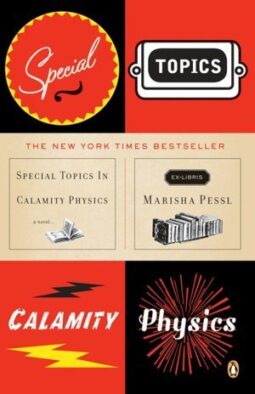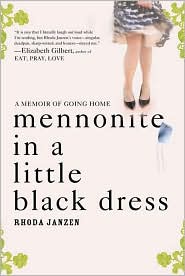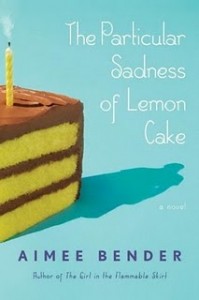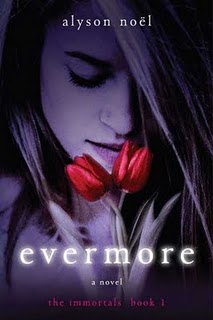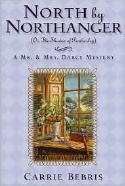This review contains affiliate links, which earn me a small commission when you click and purchase, at no extra cost to you. Thank you for supporting my small business and allowing me to continue providing you a reliable resource for clean book ratings.
Generally I avoid books that are touted as being “coming-of-age” novels. Honestly, too many of them tend to not merely touch on but focus on a teen’s sexual awakening, so I’ve become accustomed to saying, No, thanks.
Technically, Marisha Pessl’s debut, Special Topics in Calamity Physics, is in part a coming-of-age novel (with very little sex, incidentally). But a) it’s more than that, just as much the story about a girl’s last year of high school and the relationships she has to navigate as it is a mystery about a death under strange circumstances, and b) it’s by Marisha Pessl, who went on to write Night Film, a very different type of story with an altogether different atmosphere (gothic, dark). Pessl has a distinct style and affect, with characters who tend to be brilliant and uber-educated in both books and film (indicating to me that Pessl herself is simply a genius who had strong formal and informal education), and with the entertaining touches of drawings, small photo illustrations and other “visual aids” interspersed throughout the pages. That’s not to mention a slew of parenthetical citations to novels, films, poetry, plays, and nuggets of pop-culture trivia, all of which will either go over the heads of those who have not had the thorough education of Pessl or which will regularly intensely satisfy the well-educated. I’ll admit I’m of the latter variety, and I’m more than a little proud to say so.
The main character, Blue van Meer, is writing about the events of her senior year in high school, during which her professor father finally settles down in one place for more than a few months with her, allowing her to spend an entire year at one school. Since her mother died in a car crash when Blue was 5, the two have gone from one college town to another, renting homes for short periods as her father was a “perennial visiting lecturer at political science departments across the country.” The pair are a cohesive unit, two against the world at large, Dr. van Meer sharing his extensive knowledge with his precocious daughter, expecting greatness of her, and knowing she’s an entirely different creature than the rest of the plodding world of students. Little gets in the way of their relationship, it seems — except Blue’s father’s habit of picking up “June Bugs,” women attracted to his rugged professorly handsomeness like moths to a flame, and whom the professor invariably discards after six weeks at most.
In her senior year, Blue herself is picked up by a teacher at the private school her father enrolls her in, a teacher who only has one class (introduction to film) but has cultivated a small group of students she hosts at her home once a week for discussions and dinner. Blue has to figure out how to navigate this group, which is stocked with the golden boy of the school, a wealthy daughter of a former model, a large and brooding boy with a possible Past, and a couple more.
And then there’s the mystery: Blue says at the beginning of the book that the teacher, Hannah, dies under shocking circumstances, and one of Hannah’s friends drowns in her pool at a party she hosts (for adults, not the students).
Hannah’s death is introduced briefly at the beginning, and then the story unfolds, giving readers Blue’s view and the “solving” of the mystery behind it. Blue has to come to terms with her own unusual upbringing, her relationship with her father, and where she fits in at school, all while coming to terms with the death and the ultimate impact it has on her. It’s a fine story at its core, but with Pessl’s styling, brilliance and wit, it’s utterly divine. My only gripe is the use of so much profanity. Argh.
Rated: High, for 50 instances of strong language and a couple dozen uses of moderate profanity. Sexual content includes a sex scene that’s brief and not detailed. Violence includes a drowning, a death by hanging, and a shooting.
Click here to purchase your copy of Special Topics in Calamity Physics on Amazon.
